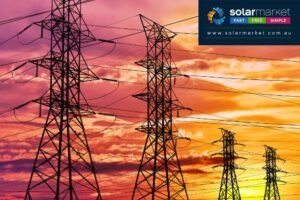Despite cuts in feed-in tariffs from several years ago, solar panels are now making even more economic sense for Australians. With many state incentives winding up more recently, benefits previously gained are now being equally matched in the face of rising electricity costs and the plummeting cost of solar panels.
Recent explosion in production of solar panels in China has lowered costs of solar PV by 80 per cent since 2008. In the same period, national grid power prices have increased on average 9.6 per cent per year. The economic benefits become obvious when the majority of people pay between 20-30 cents per kWh for their power bills.
Professor Ray Wills, an adjunct professor at the University of WA, calculated that a modest 1.5kW system in Perth at the current market price could cut three years off a 25 year, $100,000 mortgage in the form of saving $600 a year off annual power bills.
Solar panels are also functioning as an insurance policy against any further electricity price increases. If electricity continues to increase at the same rate, current solar purchases will have an even greater impact on savings. Alan Pears, an energy expert at RMIT refers to solar panels as a “tax-free cash flow every month, and it goes up every time power prices rise.”
Victoria, NSW and WA currently have no government assisted feed in tariffs, however, many electricity retailers provide a minimum feed in tariff of 8c/kWh. Elsewhere in Australia, state governments still offer a range of feed in tariff incentives that vary depending on the state and electricity retailer.










